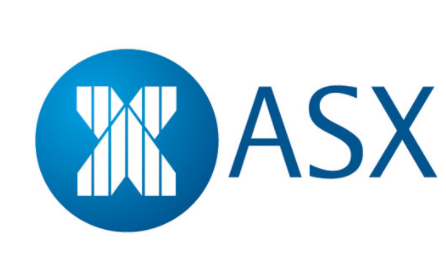Seven, HT&E and WPP AUNZ fall off ASX 300 list as value of media companies continues to fall
Seven West Media, HT&E and WPP AUNZ have been knocked off the Australian Securities Exchange’s (ASX) 300 list.
Today’s adjustment comes after media and advertising companies have taken a battering due to COVID-19 and the associated turndown in consumer confidence and ad revenue.
The ASX 300 measures the top 300 companies on the stock exchange. It includes the ASX 200 companies, as well as 100 smaller companies based on a number of criteria, including market capitalisation.



Does no one see how this is ending up? When all media businesses become worthless, it’s because media is acting as the conduit to communicate a message for brands which comes with a tonne of complexity and quite frankly a lot of the time is a waste of time.
The future is the brand communicating a message themselves, on their own merits, which is what social is, it’s what SEM is.
Telsa is now the most valuable car company in the world and they don’t pay for advertising. Why? because when you do that funds a moved away from R&D, towards less innovation and more chest beating. Yes I understand that I work in the ad industry, but I am also part of this changing society and i’m all for looking for a new career outside of this industry.
the media industry is never going to disappear. there will always be companies who want to advertise to promote their product and literally only a few brands can get the screen real estate on social and SEM. so there will always be a role for OOH, radio, tv advertising and so media owners and agencies will still exist.
Might be a bit smaller than today, but will still exist. The smarter and more nimble organisations, and people will come out well. The lazier, more stuck in ways ones will be shed